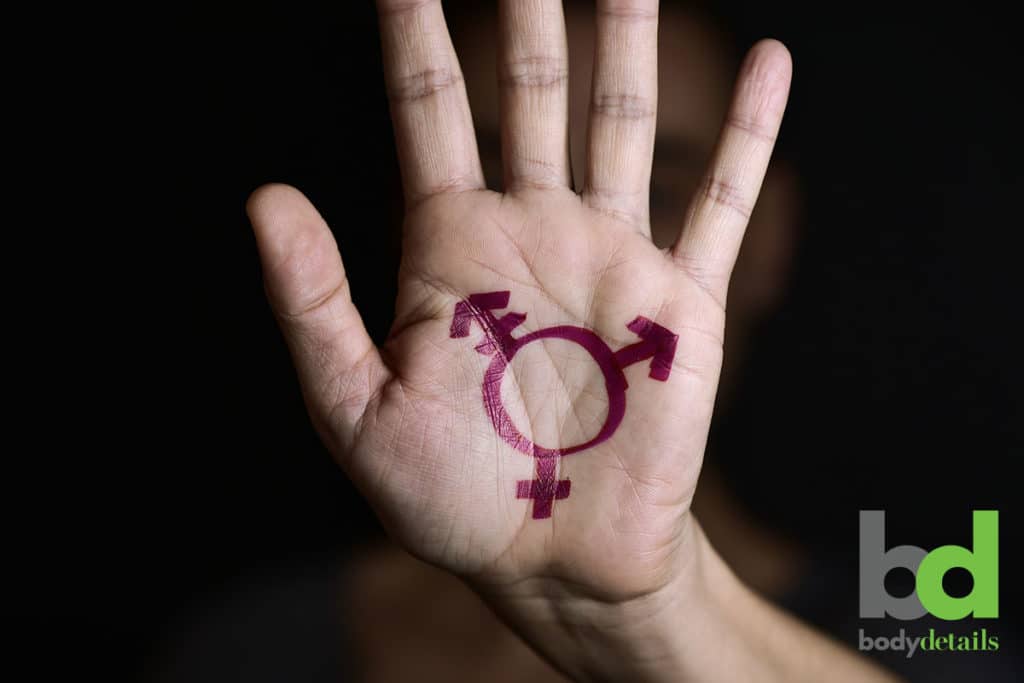
Berkeley College recently took a major step toward equality on campus by adding laser hair removal to the school’s medical coverage plan for transgender students.
The school’s health coverage already includes hormone therapy, gender reassignment surgery, breast implants for those transitioning to a woman, top surgery for those transitioning to a man, some travel expenses to receive these surgeries and more. For many transgender people, appearing on the outside as the gender they feel on the inside is essential, and Berkeley College is seeing to it that this is not only possible for students but affordable.
Often a large problem for men transitioning to women, body hair can continue to cause insecurities long after the transition has begun. The biggest problem areas tend to be the face and the chest, as hair growth in those areas can be embarrassing and significantly slow down the transition process. For those who take anti-androgens, body hair seems to gradually thin out; however, just taking hormones or taking nothing at all will leave the hair fully intact. While results are different for each individual, some can go years without much reduction in body hair.
For those who don’t seek out permanent hair removal solutions, the result is often heavy irritation and razor bumps caused by shaving or waxing constantly. To avoid this, start researching laser hair removal clinics and schedule an appointment as soon as possible.
First Thing’s First
It’s often suggested that men transitioning to women have laser treatments performed first, before going full-time. For those who aren’t a student or whose school doesn’t include laser hair removal in its medical plan like Berkeley, starting with the face is best for those on a budget. The second most important area for hair removal is the chest and stomach. These areas cause the most stress among those transitioning in regards to body hair, as they’re much more difficult to hide. Additionally, it’s essential that plucking or waxing the area being treated is put on hold for six weeks prior to laser sessions. This is due to the fact that lasers are designed to target hair follicles, but waxing and plucking will take the follicles out, leaving nothing for the laser to target. This is one of the reasons those transitioning start off with laser treatments, so the idea of having to revert to not shaving for over a month isn’t so daunting. It’s best to skip the stress and jump right into laser hair removal as early into the transitioning process as possible.
How Laser Hair Removal Works
Lasers are designed to emit wavelengths that target the pigment or color of the hair, which is found in the hair follicle. The pigment absorbs these wavelengths, effectively destroying the hair follicle and preventing it from growing back. These treatments are great for areas of the body that experience thick, unruly hair growth such as the chest, back or face, and can actually make the appearance of the skin much better. Often, body hair can cause ingrown hairs, breakouts, and irritation from sweat. After laser treatments, the skin will feel soft and smooth, and its appearance will improve since the hair isn’t there to cause irritation.
After each laser treatment, it can be expected that the hair shed within the first few weeks. During this phase, the hair might appear like it’s growing longer, but it’s, in fact, growing out with the hair follicle attached. This won’t happen to all of the hair in the treated area, just the hair that was in the growth phase during the laser treatment.
Because hair grows in cycles, several laser sessions will be required before complete removal is achieved. This is why many transgender men who are transitioning to women choose to start their laser hair removal treatments early in the process, as it does take some time. The average hair cycle runs between 8 and 10 weeks, so each treatment should be at least 8 weeks apart in order to achieve the best results. The number of treatments varies from person to person, depending on hair color, texture, and thickness. Most laser clinics offer package deals, so people don’t have to worry about paying for treatments separately.
Instead Of Going Bare
If having the hair completely removed in a certain area isn’t appealing, the laser technician can instead thin it out a bit. This is often done to make the body hair in that area more manageable, or to reduce skin irritation and blemishes. For those planning on taking anti-androgens, this can be a great way to speed the process up a bit.
Benefits of Laser Hair Removal
Aside from the obvious benefit of getting rid of unwanted body hair, laser hair removal has many other benefits. People who shave or wax regularly save a ton of money on these hair removal methods over time, as the permanence of laser hair removal removes the need for shaving and waxing. One of the best benefits of not having to worry about body hair is that it will significantly reduce prep time. Instead of waking up early each morning to shave, the skin will already be silky smooth and require no touch-ups. This allows people to sleep in, go for a run or take their time having a morning coffee. Whatever is done, it’ll be time better spent.
The skin will also look amazing after laser treatments are completed. It will be smooth and soft to the touch, as stubble and razor burn bumps will be eliminated. The skin will also appear clearer, as without hair ingrown hairs and blemishes caused by bacteria trapped in hair follicles and the sweat trapped in body hair will occur less often. Chafing will no longer be an issue, as well as any other irritation caused by body hair. It truly is a win-win!
Best Skin Care Treatment in Lucknow.
Hair Hospital in Lucknow.
Source
No comments:
Post a Comment